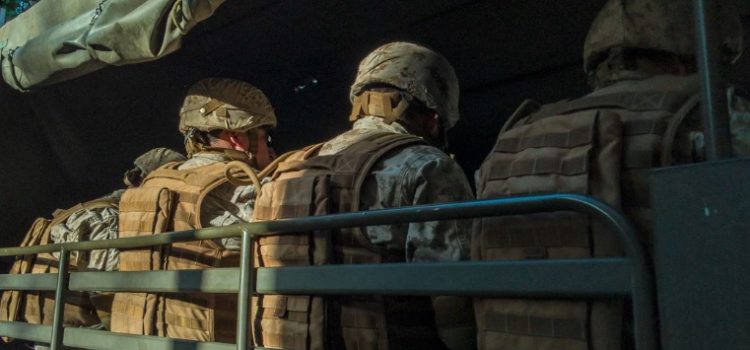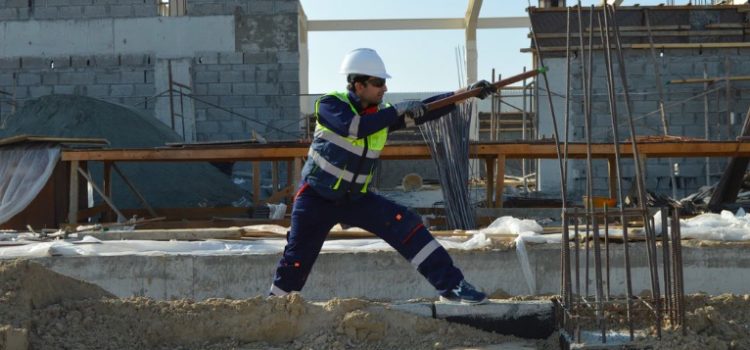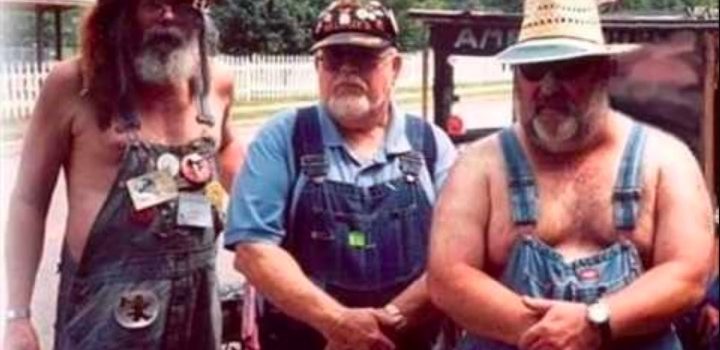What happens in the The Things They Carried “On the Rainy River” chapter? How does this chapter set the tone for the rest of the novel? We’ll look at the basic elements of The Things They Carried‘s “On the Rainy River” chapter and look at how it conveys the pressures facing young men at the start of the Vietnam War.
The Things They Carried—”On the Rainy River”: Chapter Summary










